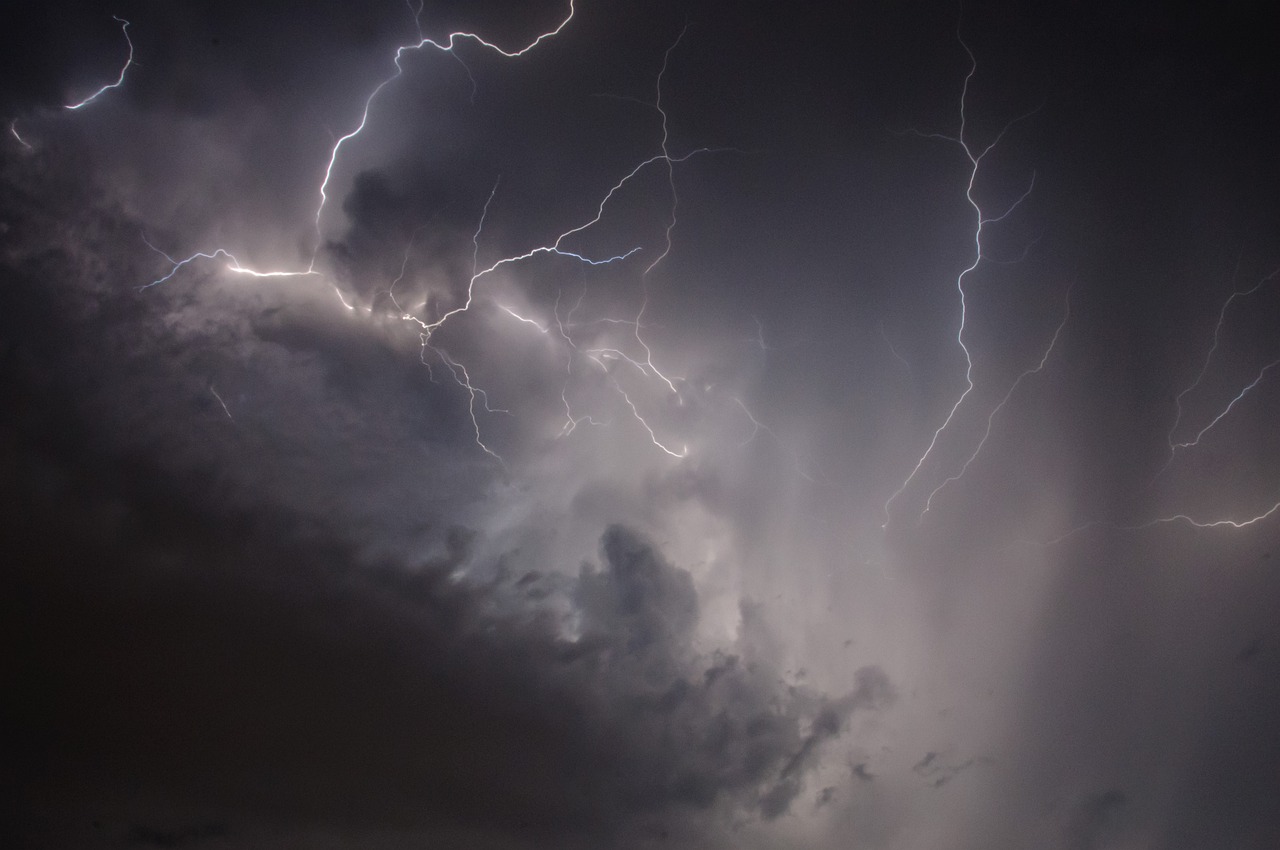
Understanding the Texas Flash Floods
The recent flash floods in Texas have resulted in a tragic loss of at least 82 lives and left many others missing. This catastrophe unfolded during the Fourth of July holiday weekend, highlighting both the immediate dangers of severe weather and the pressing need for improved emergency response measures. The series of events surrounding this disaster raises critical questions about preparedness and the efficacy of weather warnings.
What Caused the Flash Floods
A massive storm system dropped an astonishing 12 inches (30 centimeters) of rain in a very short period, particularly affecting the Guadalupe River area near San Antonio. The Texas Hill Country, known for its dry, compacted soil, is particularly susceptible to flash flooding as rainwater often flows over the surface rather than being absorbed. On July 4, the river surged 26 feet (8 meters) within just 45 minutes, overwhelming local infrastructure and leading to widespread devastation. ## How Many Are Missing or Affected. As of the latest updates, Governor Greg Abbott reported that 41 individuals are still unaccounted for, and the death toll has tragically reached 82, including 28 children. Search efforts focus on Camp Mystic, a Christian summer camp where 10 girls and a counselor remain missing. The number of casualties may increase as recovery operations continue, revealing the full scope of this disaster.
Why Warnings Were Ineffective
Survivors described the floods as a “pitch black wall of death, ” expressing frustration over the lack of timely emergency warnings. While the National Weather Service issued a flood watch notice, many residents felt unprepared, receiving critical alerts only around 4 a.m. on the day of the flood. Kerr County officials have faced scrutiny about their decision-making processes, particularly regarding evacuation orders that were not issued until it was too late.

What Officials Are Doing Now
In the aftermath, officials are rallying to establish a more effective flood warning system, akin to those used for tornadoes. However, budget constraints have hindered the implementation of such plans, as public feedback has often pushed back against the costs involved. Moreover, the Texas Hill Country’s history of “100-year floods” complicates the situation, as many residents may become desensitized to repeated weather warnings that do not lead to significant incidents.

What Lies Ahead for Recovery Efforts
The recovery from these devastating floods will be monumental. Local officials anticipate that the clean-up and rebuilding will take an extensive amount of time, with many homes and campgrounds completely destroyed. Governor Abbott and other state officials are mobilizing resources to assist in recovery efforts, but the scale of destruction will require a long-term commitment from both state and federal levels. President Donald Trump has indicated his intention to visit the affected areas, further emphasizing the need for national attention and support.
Conclusion: The Urgent Need for Preparedness
The tragic events of the Texas flash floods serve as a stark reminder of the unpredictable nature of severe weather and the importance of having robust emergency response systems in place. As communities begin to recover, it is crucial that lessons are learned and that proactive measures are taken to ensure the safety of residents in flood-prone areas. The need for timely warnings, effective communication, and comprehensive planning cannot be overstated as we move forward in addressing the impacts of climate change and natural disasters.







